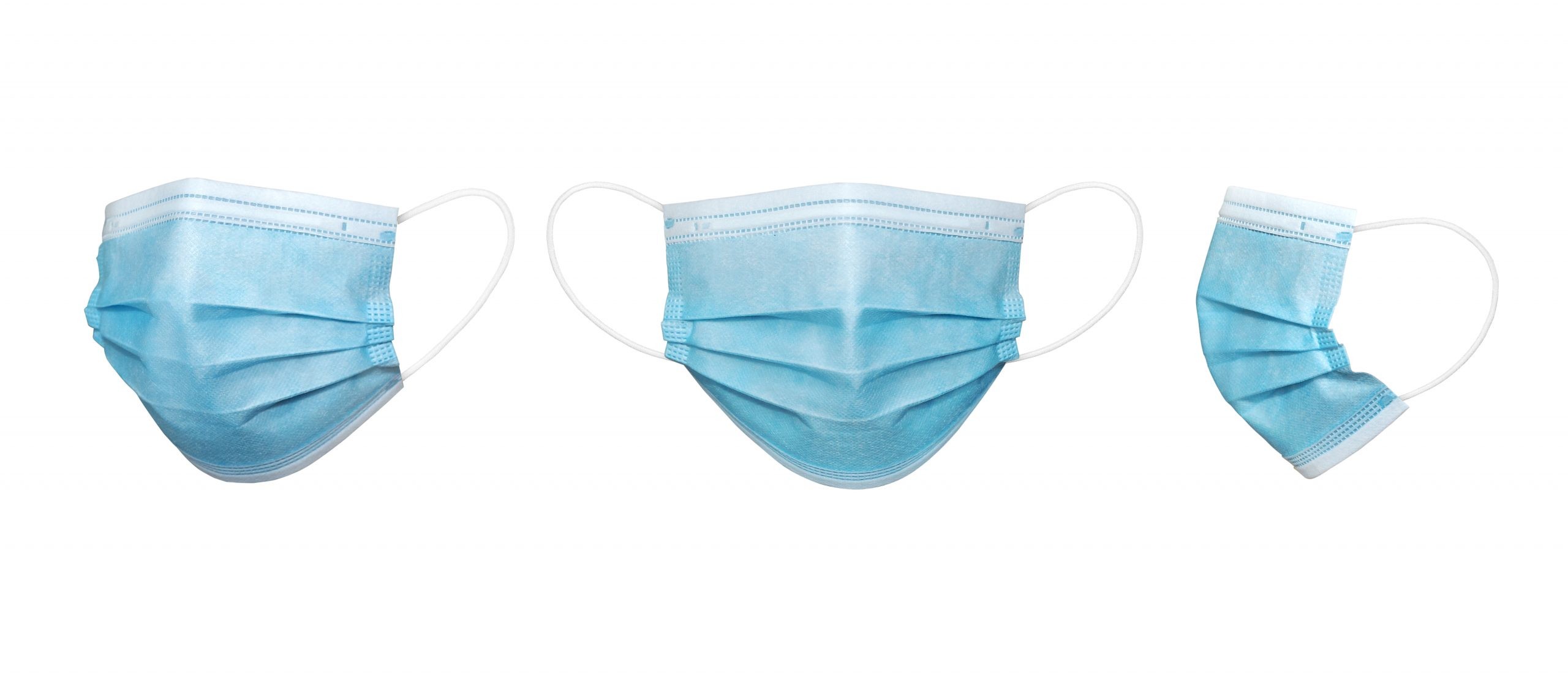Prolonged use of face masks can be uncomfortable but of more concern is whether masks might trap carbon dioxide and prevent adequate gas exchange.
The wearing of face masks has been strongly advocated as a means of reducing the risk of either spreading or becoming infected with COVID-19. Although evidence suggests that even during exercise, medical face-masks such as the N95 do not affect oxygen saturation, other data also reveals how protracted wearing does not result in clinically relevant changes in physiological parameters. Nevertheless, these studies have involved only a small number of participants and with many people resorting to the use of cloth face-masks, which have not studied, it is important to examine whether or not these latter masks, have a negative physiological impact. Given this uncertainty, a team from the Division of Paediatric Critical Care Medicine, Cleveland, Ohio, US, set out to explore whether the use of either face-mask, impaired oxygenation or ventilation at rest or during physical activity. The researchers recruited adults (18 years and older) who were fitted with a transcutaneous sensor and which measured heart rate (HR), carbon dioxide tension and oxygen saturation (SpO2). While arterial blood sampling would might have been potentially more accurate, the authors noted that the cutaneous sensor had been validated as a surrogate measure for blood sampling. The study involved each participant undertaking six different activities. Initially, they sat quietly for 10 minutes and then walked briskly without a mask, again for 10 minutes. This sequence was then repeated twice wearing either a cloth or surgical mask. Measurements were taken three times at 1-minute intervals during each task and then averaged for each of the three variables. The team defined hypoxaemia as a decrease in SpO2 of >3% from baseline or a value of <94% whilst wearing a mask and hypercarbia, as an increase in carbon dioxide tension > 5mmHg from baseline to a value while mask wearing of > 46mmHg.
Findings
The study enrolled 50 participants (68% female) with a median age of 33 years of whom roughly a third (32%) had a co-morbidity, most commonly asthma (12%) or hypertension (8%). As expected, HR increased significantly between sitting and brisk walking, both with and without a mask, but there was no change in either SpO2 or carbon dioxide tension. In addition, there was no evidence of hypoxaemia or hypercarbia from wearing a cloth or surgical face-mask from sitting or during brisk walking. In their conclusion, the authors reported that the risk of gaseous exchange impairment from the wearing of a surgical or cloth face-masks among the general population is unfounded.
Citation
Shein SL et al. The effects of wearing face-masks on oxygenation and ventilation at rest and during physical activity. PLoS ONE 2021










